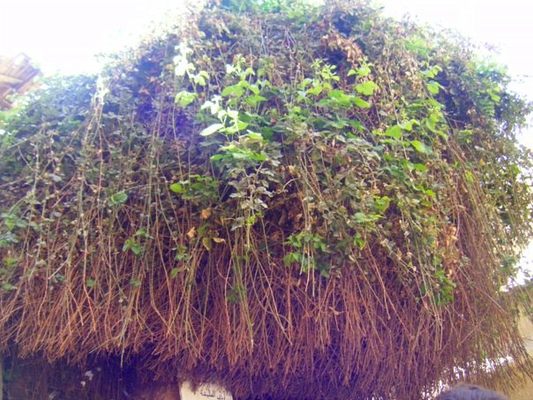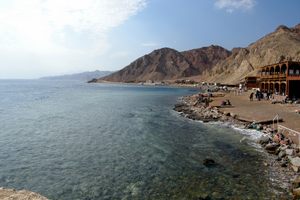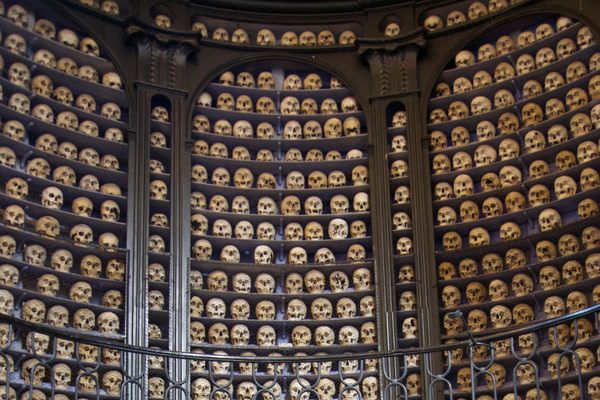About
Without a Bedouin guide, the Sinai is a vast, unnavigable expanse of desert. Rocky hills rise and fall underneath the blinding sun. And yet for thousands of years, this desolate peninsula was traversed and played host to many of the most important religious events in history. Many of these seminal events are neatly encapsulated within the walls of St. Catherine's Monastery.
Situated below Mount Sinai, St. Catherine's Monastery was originally built by the Byzantine Emperor Justinian in the early 6th century. It is considered the oldest monastery in the world, although this claim is disputed. Much of the landscape around St. Catherine's is similarly disputed, along with the claim that the peak above the monastery is actually the biblical Mount Sinai.
Within the gates of the monastery, the unknown only grows. When Justinian declared a monastery be built on the land, a chapel dedicated to the burning bush was already in place. Once again, disputed claims placed the burning bush that appeared to Moses near the present-day monastery. To this day, a bush inside the compound is considered by some to be the original from biblical texts.
Besides the chapel, the monastic compound also holds an ancient charnel for monks. Although monks are typically thought of as the most pious men who have dedicated their lives to God, the monks of St. Catherine often broke that mold, and were sent to the Sinai as punishment. As they died off, the pious next to the profane in the midst of the desert's sparse resources, the monks discovered the ground was unsuitable for proper burials.
Their only answer was to create a house of skulls, piling the bones of the religious men in a charnel below the monastery. Differing from many ossuaries and charnels, St. Catherine's was based more on functionality than decoration, and the massive pile of remains speaks to that gruesome end. St. Catherine's Monastery is now a UNESCO World Heritage Site.
For more information on amazing ossuaries, charnels and skeletal remains around the world, visit Paul Koudounaris’ website Empire de la Mort, or purchase his definitive book The Empire of Death: A Cultural History of Ossuaries and Charnel Houses.
Related Tags
Community Contributors
Added By
Published
October 25, 2011































